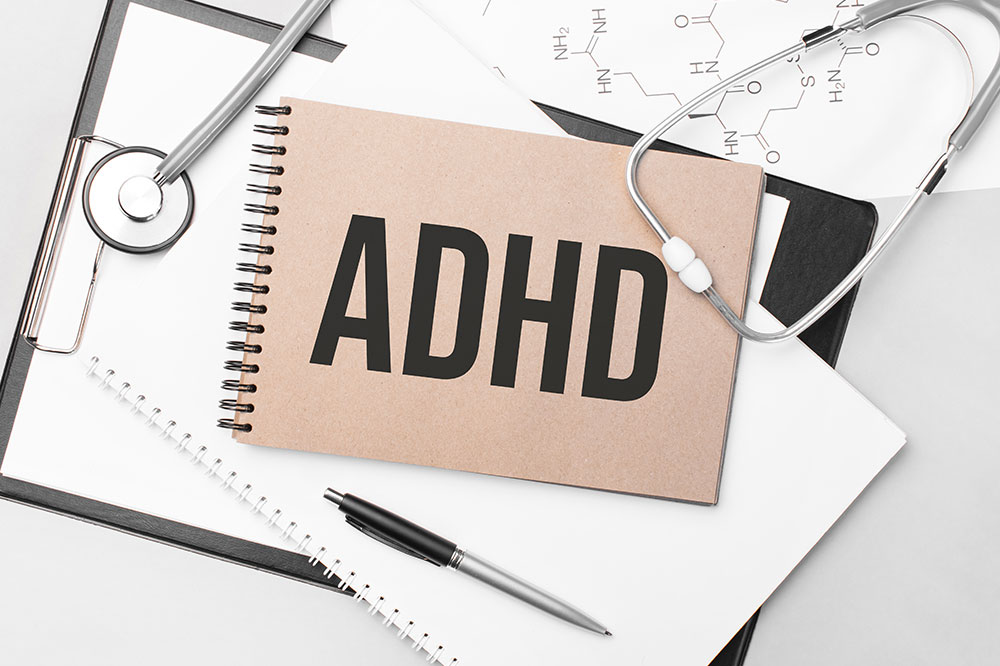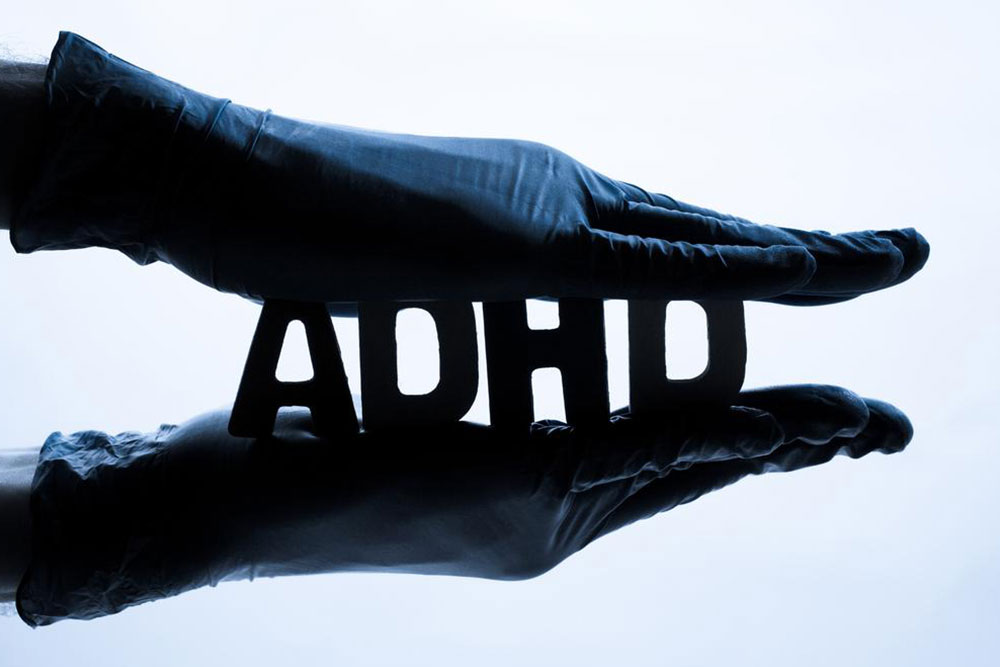Recognizing Key Signs of ADHD
This guide highlights the key signs of ADHD, including inattentive and hyperactive-impulsive symptoms, useful for early detection. It covers behavioral patterns in children and adults, especially women, and emphasizes the importance of proper diagnosis. Understanding these symptoms can lead to timely intervention and support for affected individuals, improving their quality of life and daily functioning.

Recognizing Key Signs of ADHD
Attention Deficit Hyperactivity Disorder (ADHD) diagnosis relies on identifying at least six out of nine core symptoms. It manifests mainly in two forms: inattentive and hyperactive-impulsive. For an accurate diagnosis, these symptoms must persist for at least six months across multiple settings like home and school, highlighting behavioral challenges. Understanding these signs helps in early detection and management.
Let’s explore some common symptoms associated with the inattentive type of ADHD.
The individual often overlooks details or makes careless mistakes in tasks requiring focus, such as schoolwork or work assignments.
They struggle to maintain attention during lengthy activities like lectures, conversations, or reading sessions, often losing focus midway.
Even when directly addressed, they find it difficult to stay attentive, with their mind often drifting away from the ongoing conversation or task.
Following instructions and understanding complex directions present a challenge for them.
Managing sequential tasks, organizing belongings, and remembering important information or locations require significant effort, often leading to poor time management and missed deadlines.
They tend to avoid tasks demanding prolonged mental effort, such as preparing reports, filling forms, or reviewing lengthy documents. Children may avoid tests or homework when possible.
Frequently losing essential items like keys, wallets, phones, glasses, or school supplies is common.
Distractions come easily, reflecting their short attention span, which hampers task completion.
Forgetfulness affects daily routines, making them prone to missing appointments, forgetting to return calls, or running errands.
Symptoms of hyperactive-impulsive ADHD include:
Excessive impatience, manifested by fidgeting, squirming, or tapping hands and feet.
Leaving their seat unexpectedly in situations where sitting still is expected, such as meetings or classrooms.
Impulsively engaging in activities, often appearing restless or unable to stay calm.
Difficulty relaxing or staying seated for long periods, often feeling compelled to move around.
Talking excessively, interrupting conversations, or jumping into discussions without waiting for their turn.
Having trouble waiting in line, often feeling impatient.
Interrupting others or intruding into conversations or activities, sometimes using others' belongings without permission.
ADHD in Women
Symptoms can vary in women and adults. Women may exhibit different behavioral patterns, and specific checklists help distinguish ADHD in females. Additional challenges include anxiety and depression, which often accompany ADHD in this demographic.










